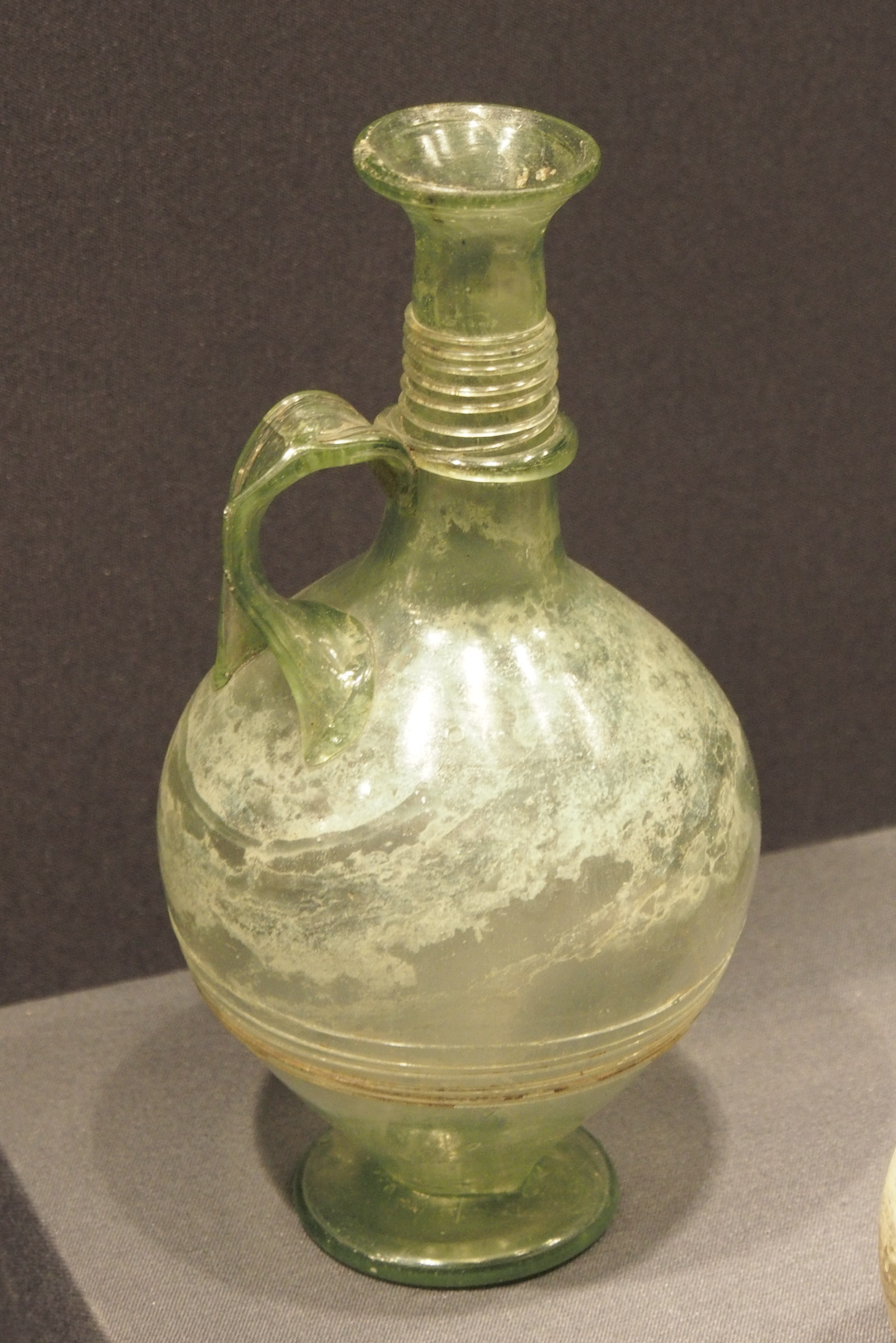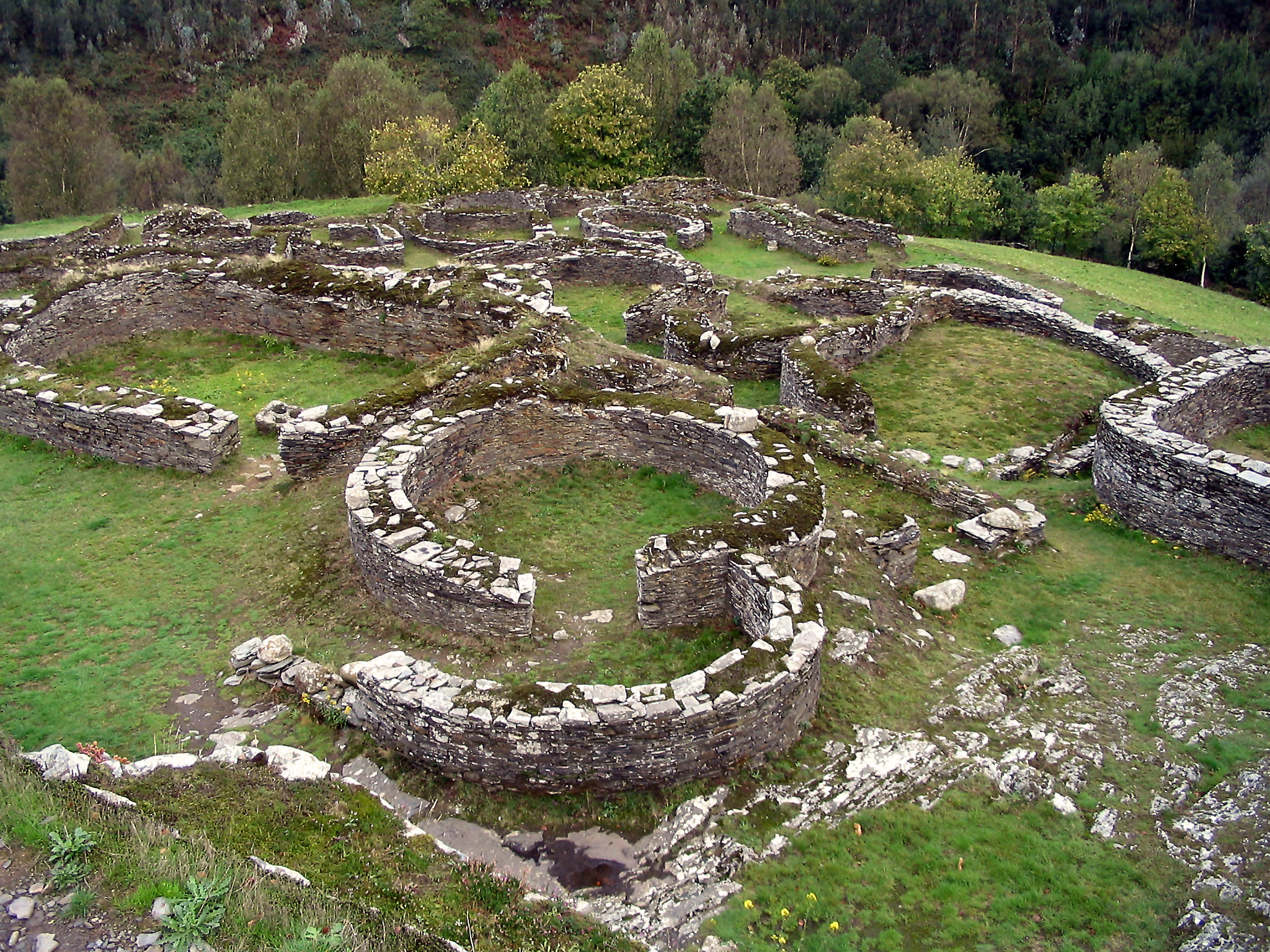|
Vilasantar
Vilasantar is a municipality of northwestern Spain in the A CoruûÝa (province), province of A CoruûÝa in the autonomous community of Galicia (Spain), Galicia. It belongs to the comarca of Betanzos. Geography Vilasantar is located in the south of the Betanzos (comarca), comarca of Betanzos. It is bordered to the north by the municipalities of Curtis, Galicia, Curtis and Oza-Cesuras; to the west by MesûÙa, to the east with Sobrado, Galicia, Sobrado and to the south with Boimorto. Its surface is 59.2 kmôý. It is situated in an area of medium altitude, with most of the municipality being between 400 and 500 meters above sea level. The Tambre (river), Tambre river (which delimits the southern border with Boimorto), and its tributaries, including the Cabalar river and the RûÙo das GûÀndaras river, are of great importance. History Megaliths are preserved, such as the mûÀmoas de VilariûÝo, the mûÀmoa de PedriûÝo or the medorra de Fanegas, in the parish of San Vicenzo de Curtis. ... [...More Info...] [...Related Items...] OR: [Wikipedia] [Google] [Baidu] |
Boimorto
Boimorto is a Municipalities of Spain, municipality in the A CoruûÝa (province), province of A CoruûÝa in the autonomous community of Galicia (Spain), Galicia in northwestern Spain. It is located in the Comarcas of Galicia, comarca of Arzû¤a. It has an area of 82.71 km2, a population of 2,486 (2004 estimate), and a population density of 30.06 people/km2. Coordinates: 43ô¯ 00' 27" N - 8ô¯ 07' 37" W. Elevation: 487 m. Place Names According to Gonzalo Ramû°n Navaza Blanco, professor of literature at the University of Vigo, the place name could have its origin in the word ''bado'', which would designate a step not currently used. Another possibility is that ''Boi'' refers to rocks, since it appears in several place-names with that meaning, and it has a similar meaning and refers to a site with abundant stones. This last thesis is supported by Fernando Cabeza Quiles, who claims that it could come from the Celtic voice, referring this Celtic voice to a rocky place. Location The ... [...More Info...] [...Related Items...] OR: [Wikipedia] [Google] [Baidu] |
Monastery Of Santa MarûÙa De Mezonzo
The Monastery of Santa MarûÙa de Mezonzo is a Spanish religious building in Romanesque style in the parish of Santa MarûÙa de Mezonzo, in the municipality of Vilasantar. Although it probably dates back to the time of the Kingdom of the Suebi, the current monastery was founded as a double convent by Abbot Reterico. According to Antonio Lû°pez Ferreiro, the monastery was donated to the Asturian-Galician king Alfonso III el Magno in 870. Justo Pûˋrez de Urbel Justo Pûˋrez Santiago (August 7, 1895 – 1979) later known as Fray Justo Pûˋrez de Urbel y Santiago O.S.B. was a Spanish Roman Catholic clergyman (Order of Saint Benedict) and medievalist, first abbot of the Monastery of the Holy Cross of t ..., after comparing the names of the confirmatory of several documents related to the monastery, thinks that the correct date is the one given by Hinojosa, that is, the year 930.Hinojosa, Eduardo de (1919). Documentos para la historia de las instituciones de Leû°n y de Castilla (S ... [...More Info...] [...Related Items...] OR: [Wikipedia] [Google] [Baidu] |
Betanzos (comarca)
Betanzos is a comarca in the Galician Province of A CoruûÝa. The overall population of this local region is 38,083 (2019). Municipalities There are ten municipalities in the comarca: Aranga, Betanzos, Coirû°s, Curtis, Irixoa, MiûÝo, Oza-Cesuras, Paderne, Vilarmaior and Vilasantar Vilasantar is a municipality of northwestern Spain in the province of A CoruûÝa in the autonomous community of Galicia. It belongs to the comarca of Betanzos. Geography Vilasantar is located in the south of the comarca of Betanzos. It is bor .... References {{DEFAULTSORT:Betanzos (Comarca) Comarcas of the Province of A CoruûÝa ... [...More Info...] [...Related Items...] OR: [Wikipedia] [Google] [Baidu] |
Sobrado Abbey
Sobrado Abbey, ( es, Monasterio de Santa MarûÙa de Sobrado de los Monjes or gl, Mosteiro de Santa MarûÙa de Sobrado dos Monxes) is a Cistercian monastery in the province of La CoruûÝa, Galicia, Spain. It is situated in the municipality of Sobrado, about 9 km east of Corredoiras and about 46 km southeast of Betanzos, at an altitude of 540 m above sea level. History The abbey was founded in 952 by Count Hermenegildo Alû°itez and his wife Paterna. In 958, the founders transferred the county of Prûˋsaras to the monastery and, in that same year, Hermenegildo retired there where he lived as a monk the rest of his life and where he was buried. The abbey was inherited by his descendants and nearly two centuries later, in January 1142, the brothers Fernando and Bermudo Pûˋrez, two of the most distinguished members of the House of Traba, handed it over to the Cistercian monks from Clairvaux. The abbey flourished during the 12th and 13th centuries and was able to undertake ... [...More Info...] [...Related Items...] OR: [Wikipedia] [Google] [Baidu] |
Tambre (river)
The Tambre is a coastal river that crosses Galicia, in northwestern Spain. Its basin covers . The river flows through the province of A CoruûÝa; the municipalities along its course are Sobrado, Curtis, Vilasantar, Boimorto, MesûÙa, Frades, Arzû¤a, O Pino, Oroso Oroso is a municipality of northwestern Spain in the province of A CoruûÝa, in the autonomous community of Galicia Galicia may refer to: Geographic regions * Galicia (Spain), a region and autonomous community of northwestern Spain ** Gallaecia ..., Ordes, Trazo, Tordoia, Santiago de Compostela, Val do Dubra, Ames, A CoruûÝa, Ames, A BaûÝa, Briû°n, Brion, Negreira, Outes, Mazaricos, Noia and Lousame. Its mouth forms the ''RûÙa de Muros e Noia'' estuary. It has been designated a Site of Community Importance. In ancient times it was called TûÀmaris, its name being related to that of the River Tamar in Cornwall. It was from the lands north of this river that the Spanish County of TrastûÀmara and the royal House of Tr ... [...More Info...] [...Related Items...] OR: [Wikipedia] [Google] [Baidu] |
Romanization Of Hispania
The Romanization of Hispania is the process by which Roman or Latin culture was introduced into the Iberian Peninsula during the period of Roman rule. Throughout the centuries of Roman rule over the provinces of Hispania, Roman customs, religion, laws and the general Roman lifestyle gained much favour in the indigenous population. Together with a substantial minority of Roman immigrants, these eventually formed a distinct Hispano-Roman culture. Several factors aided the process of Romanization: :*Creation of civil infrastructure, including road networks and urban sanitation. :*Commercial interaction within regions and with the wider Roman world. :*Foundation of ''coloniae''; settling Roman military veterans in newly created towns and cities. :*The spread of the hierarchical Roman administrative system throughout the Hispanic provinces. :*Growth of Roman aristocratic land holdings (''latifundia''). Roman settlements Although Roman influence had a major impact on existing citie ... [...More Info...] [...Related Items...] OR: [Wikipedia] [Google] [Baidu] |
Castros (Spain)
A castro is a fortified settlement, usually pre-Roman, some from late Bronze Age and Iron Age, the oldest research associated with the Celtic culture. These are frequently found in the Northern Spain, particularly in Asturias, Galicia, Cantabria, Basque Country and the province of ûvila, with the Castro culture and on the plateau with Las Cogotas culture. The word ''castro'' comes from the Latin ''castrum'', which means "hill fort". Castros of the Castro culture The castro is a fortified village that began to be inhabited from the 6th century BC, lacking streets of right angles and full of construction almost always circular. The oldest houses were mostly of straw-mud and the latest masonry. The roof was made of branches and mud and after long poles. Basically, they were unique rooms. These are located in naturally protected areas (heights, riots rivers, small peninsulas), close to water sources and arable land and on the border between these and higher areas of grazing. ... [...More Info...] [...Related Items...] OR: [Wikipedia] [Google] [Baidu] |
Castro Culture
Castro culture ( gl, cultura castrexa, pt, cultura castreja, ast, cultura castriega, es, cultura castreûÝa, meaning "culture of the hillforts") is the archaeological term for the material culture of the northwestern regions of the Iberian Peninsula (present-day northern Portugal together with the Spanish regions of Galicia, Asturias, and western Leû°n) from the end of the Bronze Age (c. 9th century BC) until it was subsumed by Roman culture (c. 1st century BC). It is the culture associated with the Gallaecians and Astures. The most notable characteristics of this culture are: its walled oppida and hillforts, known locally as ''castros'', from Latin ''castrum'' 'castle', and the scarcity of visible burial practices, in spite of the frequent depositions of prestige items and goods, swords and other metallic riches in rocky outcrops, rivers and other aquatic contexts since the Atlantic Bronze Age. This cultural area extended east to the Cares river and south into the lower Dour ... [...More Info...] [...Related Items...] OR: [Wikipedia] [Google] [Baidu] |
Galicia (Spain)
Galicia (; gl, Galicia or ; es, Galicia}; pt, Galiza) is an autonomous community of Spain and historic nationality under Spanish law. Located in the northwest Iberian Peninsula, it includes the provinces of A CoruûÝa, Lugo, Ourense, and Pontevedra. Galicia is located in Atlantic Europe. It is bordered by Portugal to the south, the Spanish autonomous communities of Castile and Leû°n and Asturias to the east, the Atlantic Ocean to the west, and the Cantabrian Sea to the north. It had a population of 2,701,743 in 2018 and a total area of . Galicia has over of coastline, including its offshore islands and islets, among them CûÙes Islands, Ons, SûÀlvora, Cortegada Island, which together form the Atlantic Islands of Galicia National Park, and the largest and most populated, A Illa de Arousa. The area now called Galicia was first inhabited by humans during the Middle Paleolithic period, and takes its name from the Gallaeci, the Celtic people living north of the Douro Rive ... [...More Info...] [...Related Items...] OR: [Wikipedia] [Google] [Baidu] |
Roman Camp Of Ciadella
Roman or Romans most often refers to: * Rome, the capital city of Italy * Ancient Rome, Roman civilization from 8th century BC to 5th century AD *Roman people, the people of ancient Rome *''Epistle to the Romans'', shortened to ''Romans'', a letter in the New Testament of the Christian Bible Roman or Romans may also refer to: Arts and entertainment Music *Romans (band), a Japanese pop group * ''Roman'' (album), by Sound Horizon, 2006 * ''Roman'' (EP), by Teen Top, 2011 *"Roman (My Dear Boy)", a 2004 single by Morning Musume Film and television *Film Roman, an American animation studio * ''Roman'' (film), a 2006 American suspense-horror film * ''Romans'' (2013 film), an Indian Malayalam comedy film * ''Romans'' (2017 film), a British drama film * ''The Romans'' (''Doctor Who''), a serial in British TV series People * Roman (given name), a given name, including a list of people and fictional characters * Roman (surname), including a list of people named Roman or Romans *â˜üö¥ö ... [...More Info...] [...Related Items...] OR: [Wikipedia] [Google] [Baidu] |





